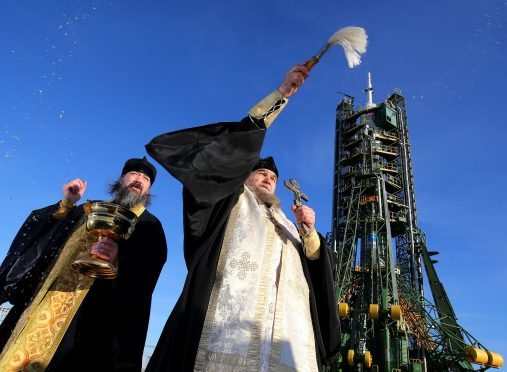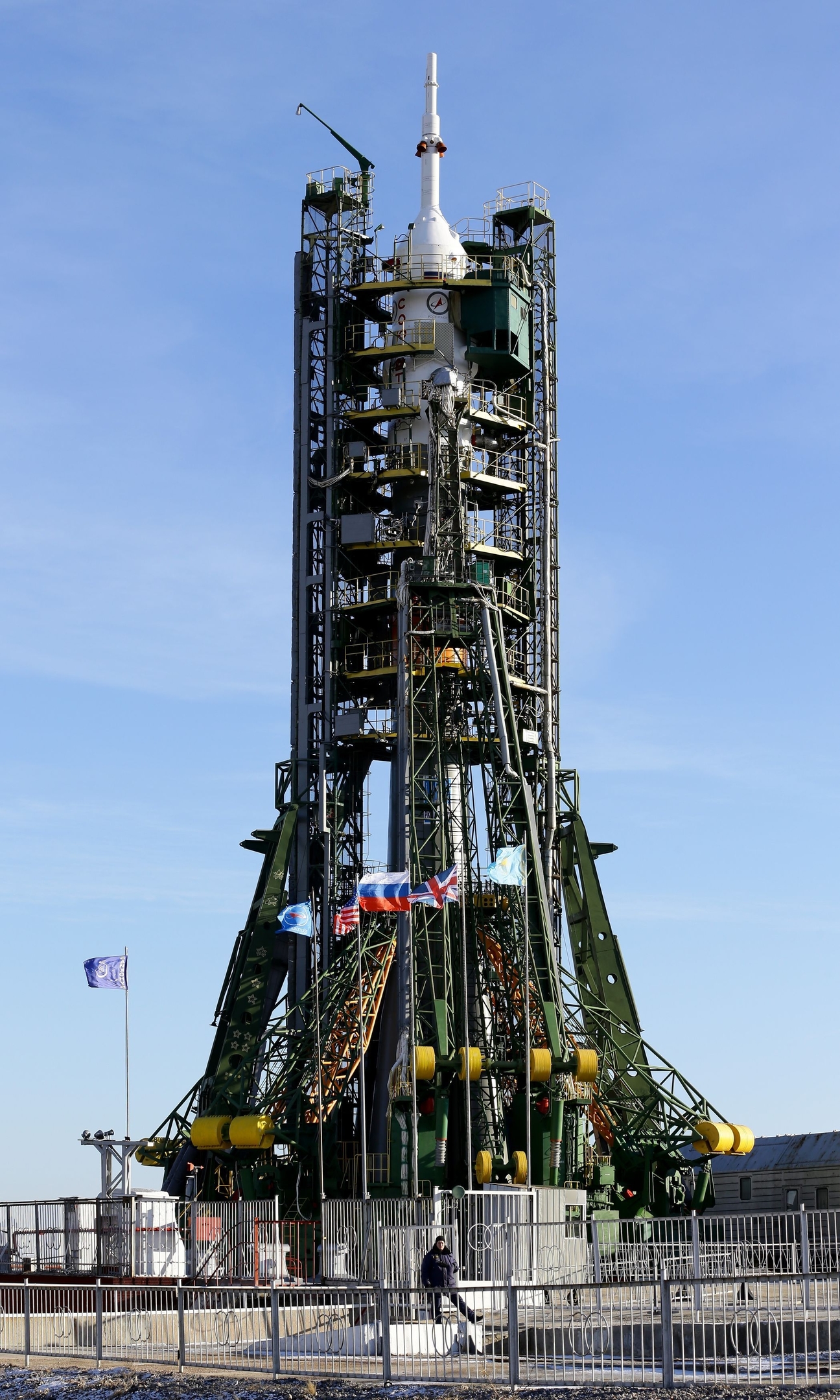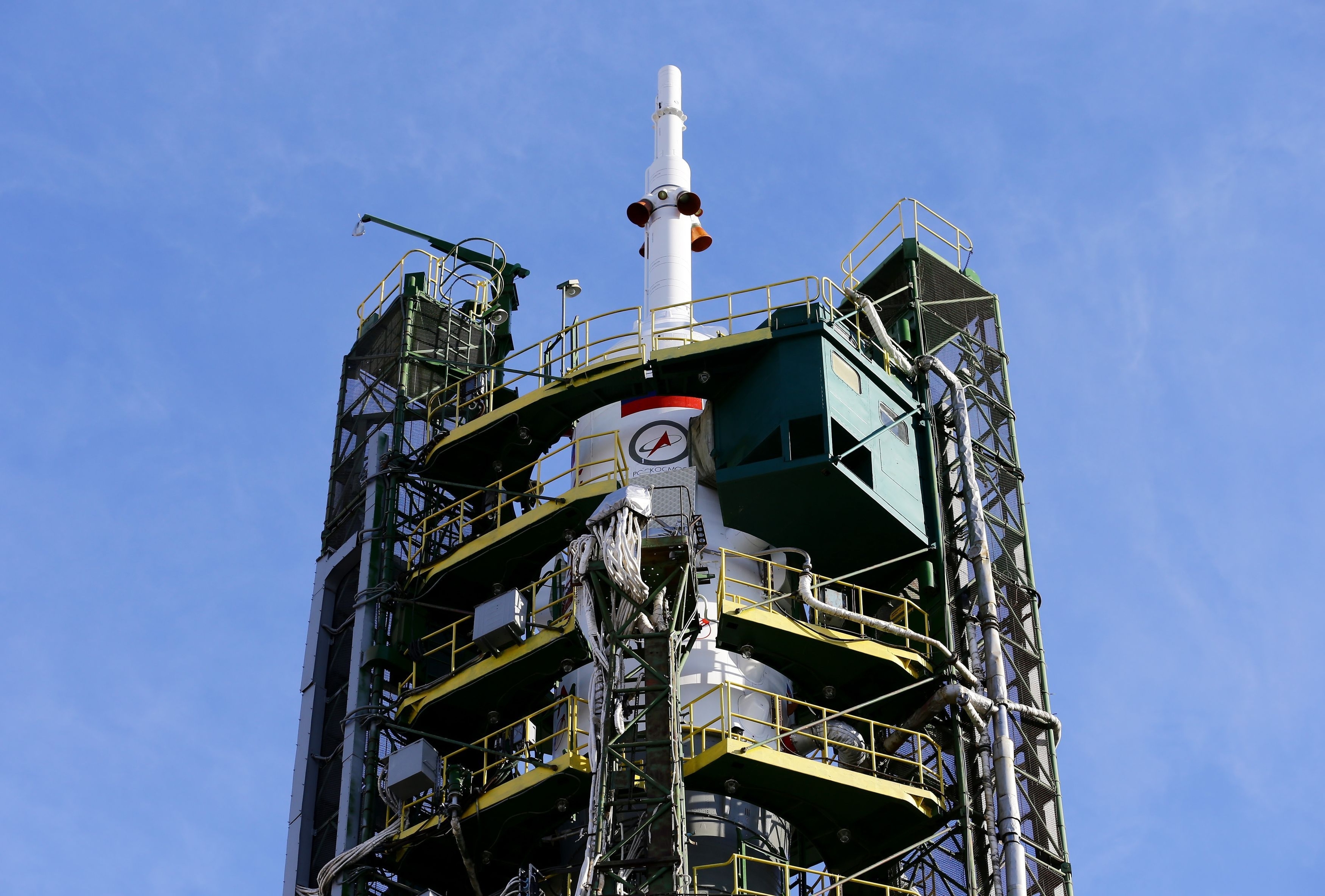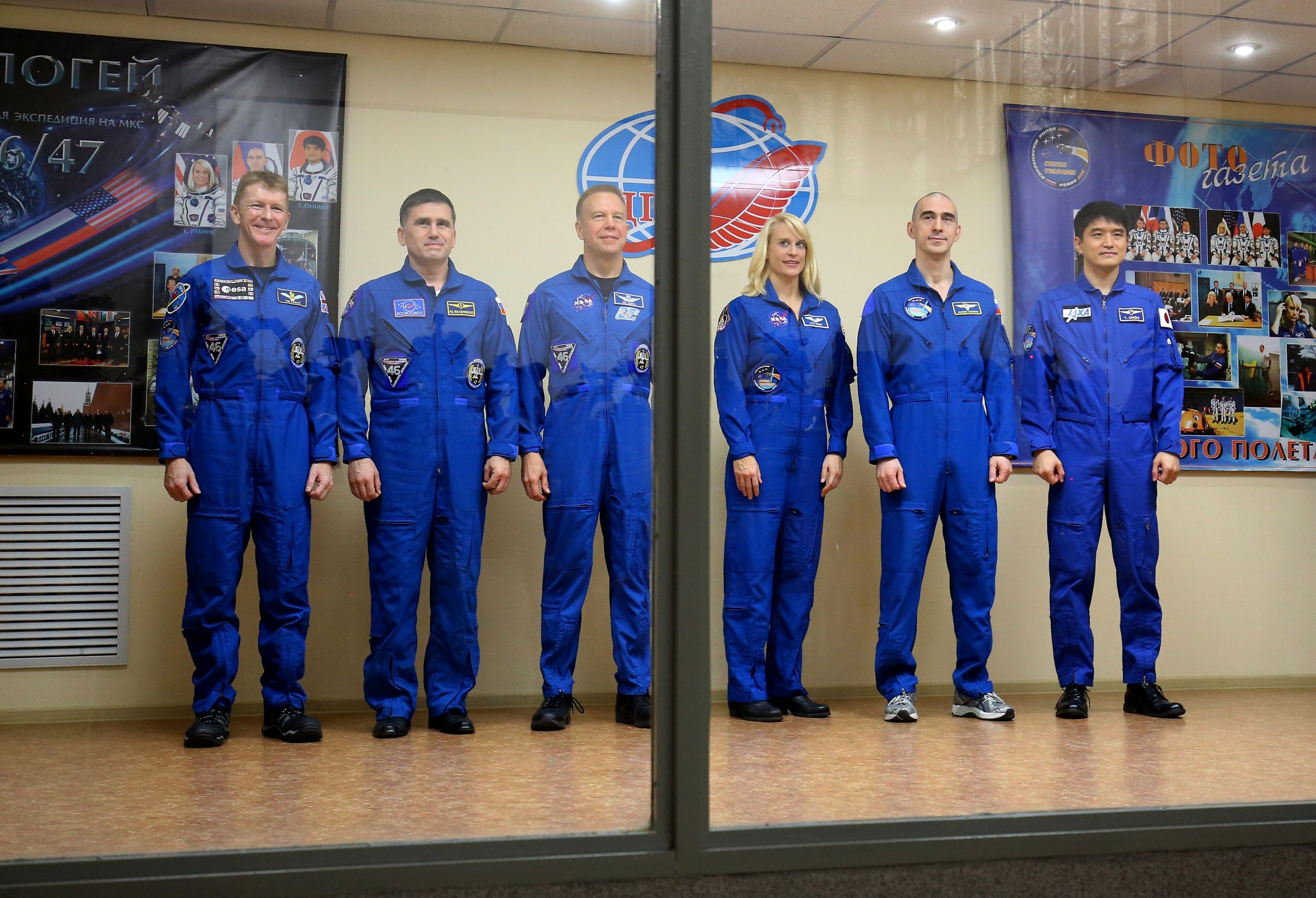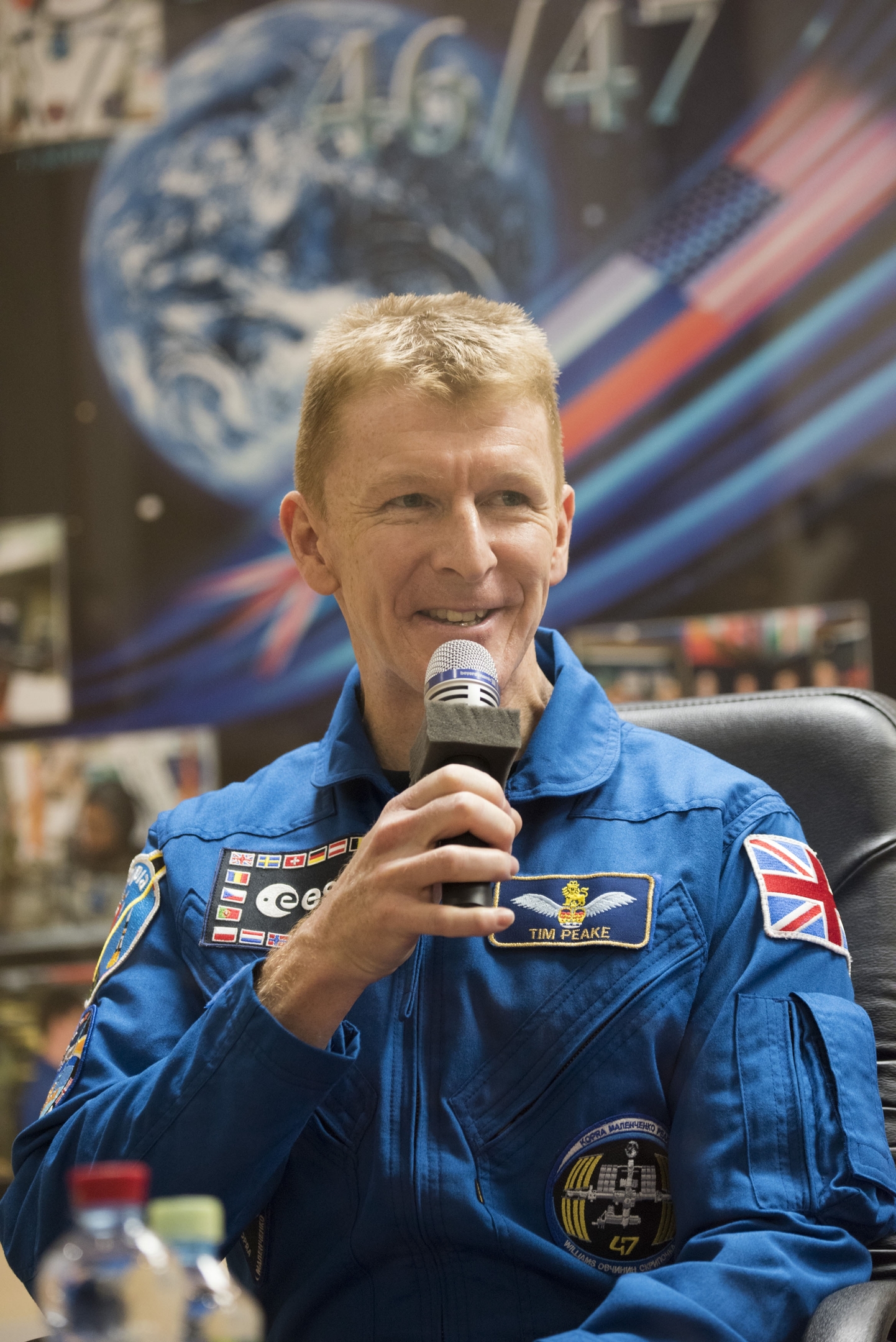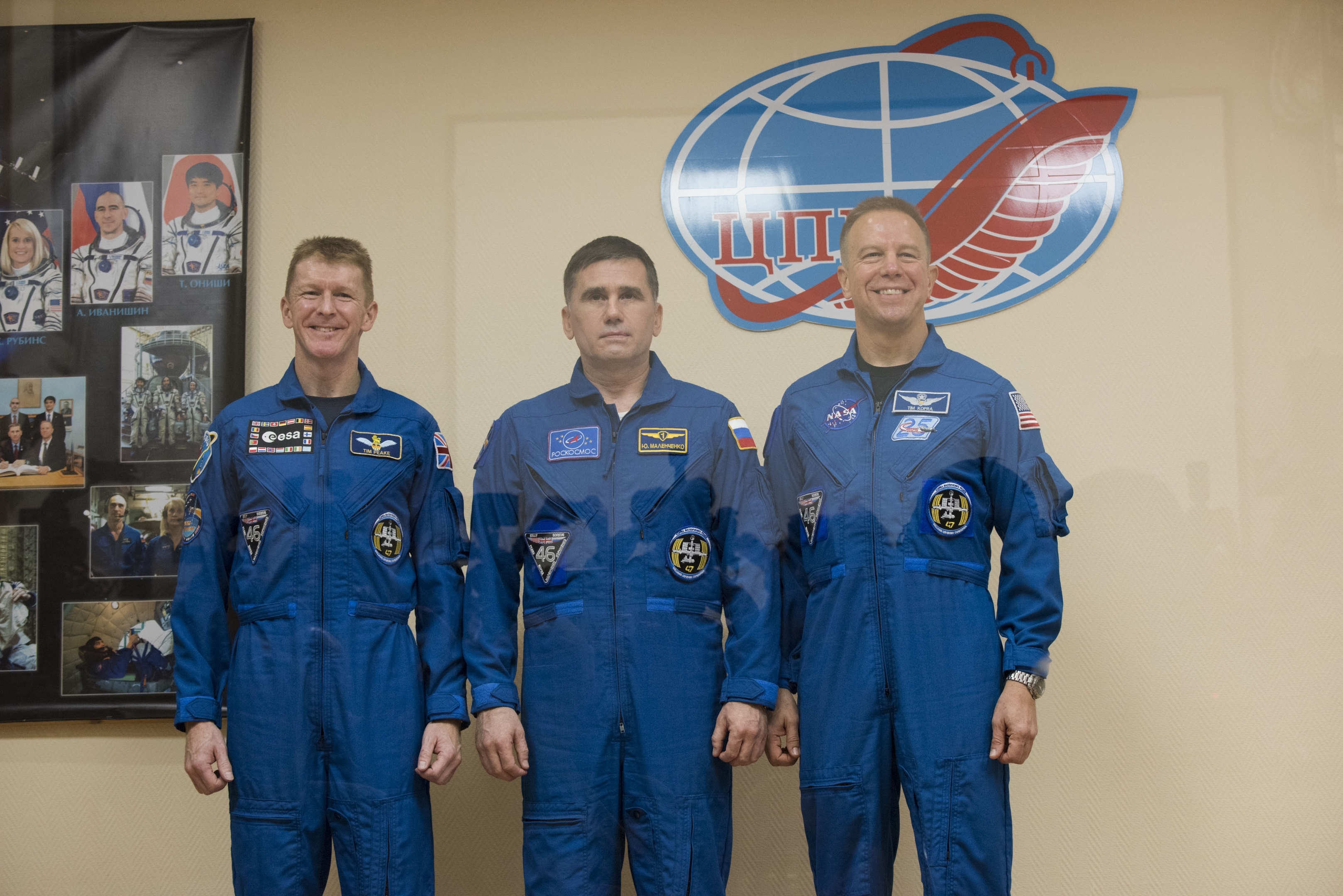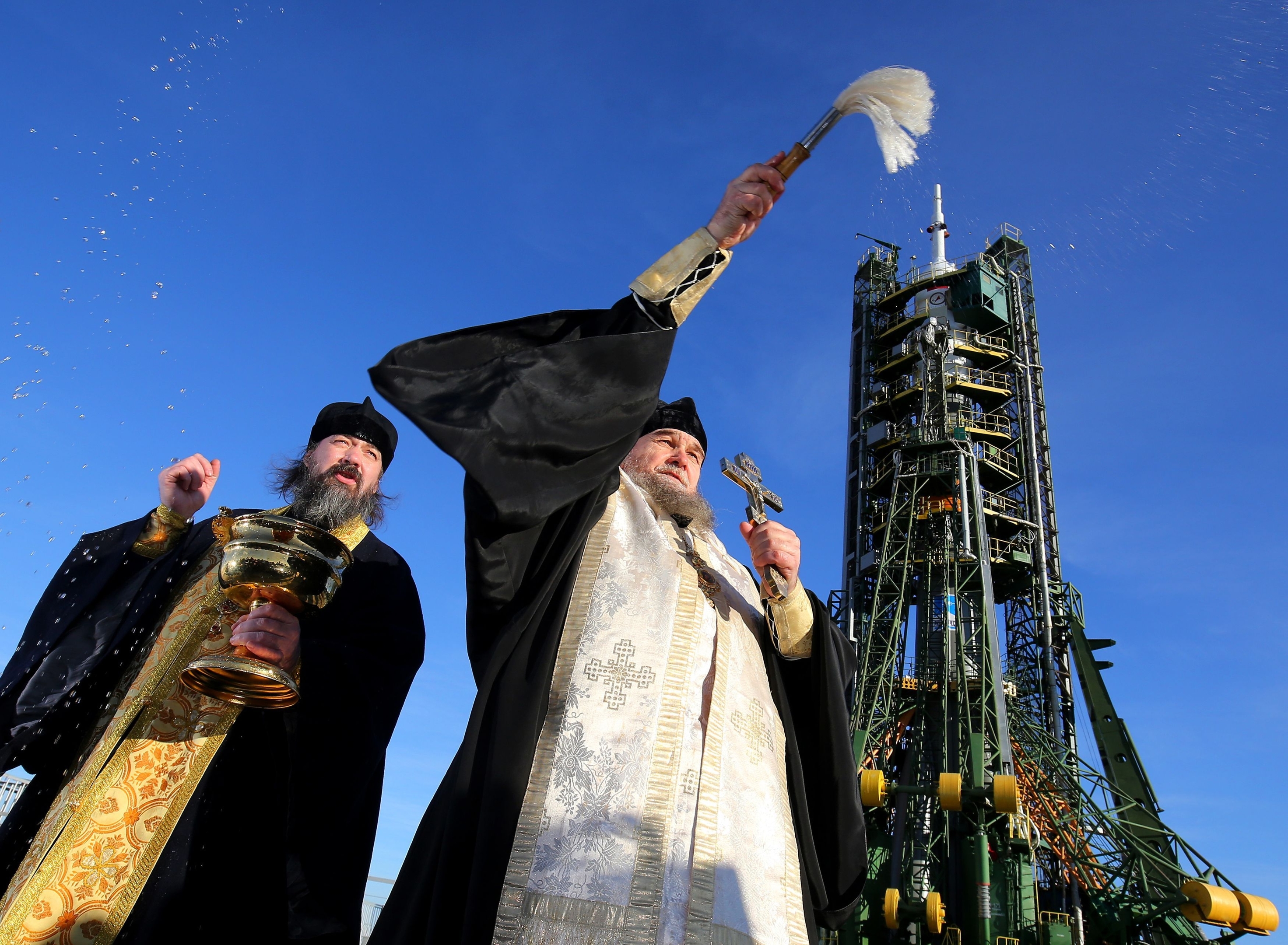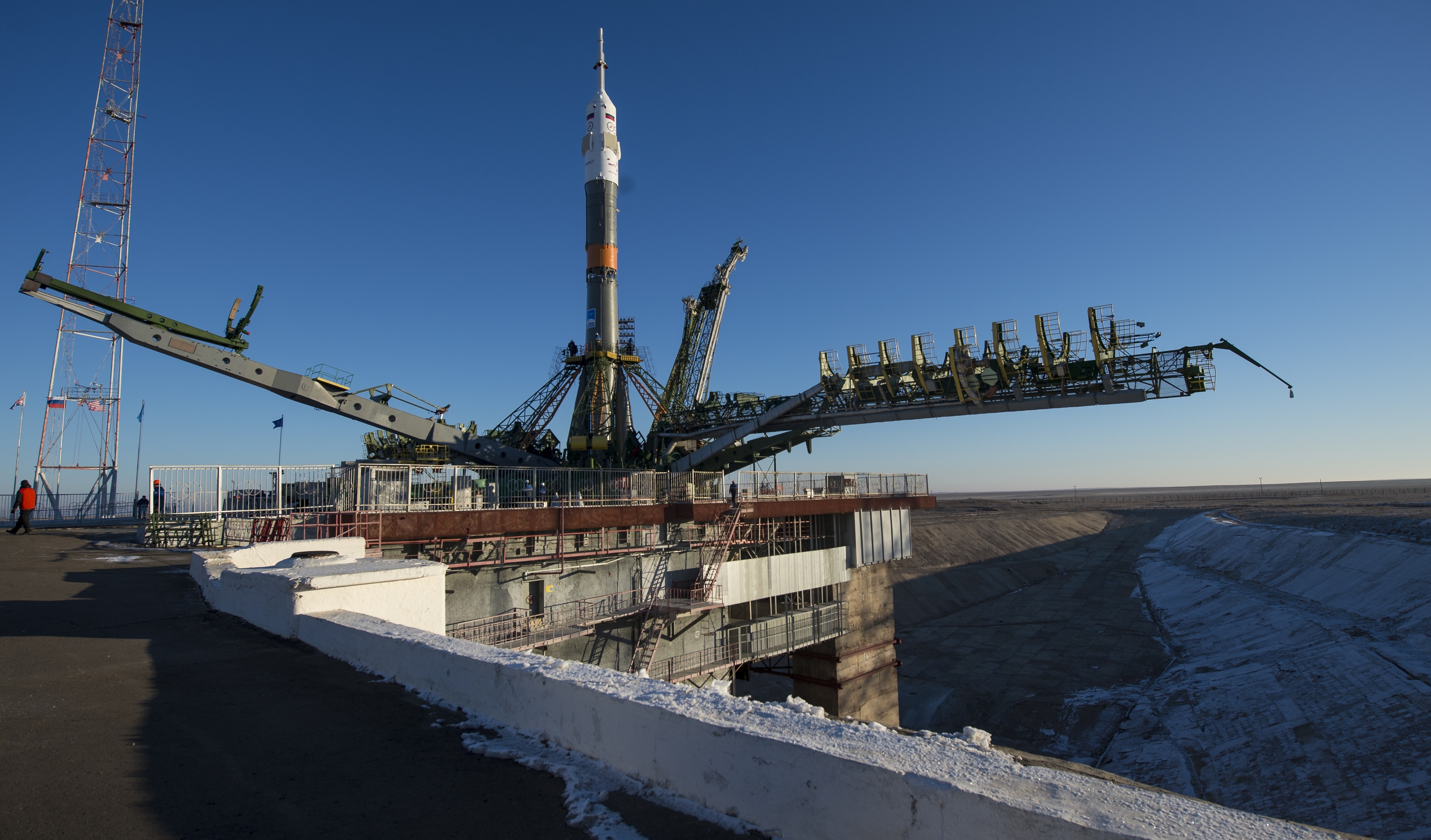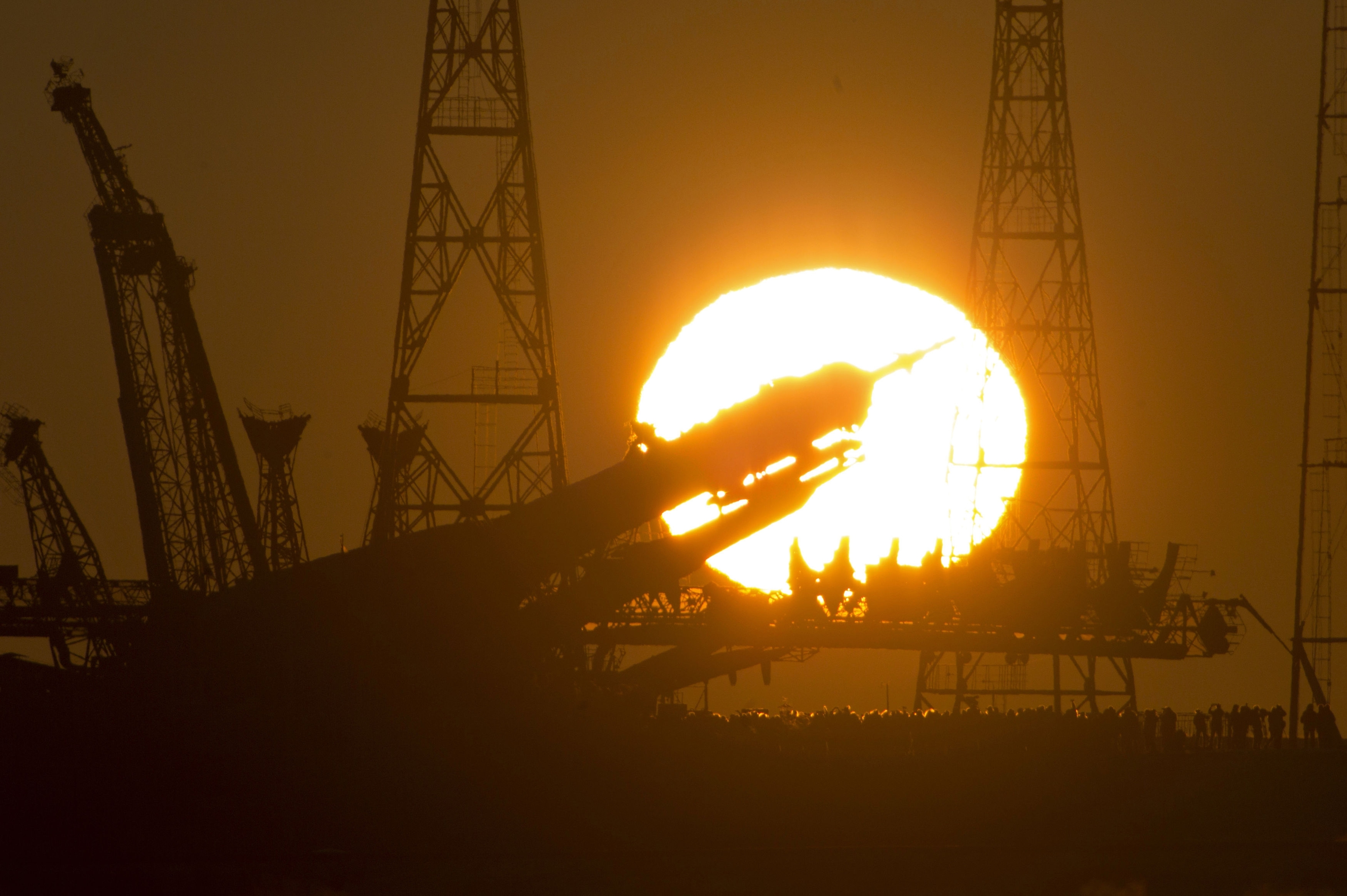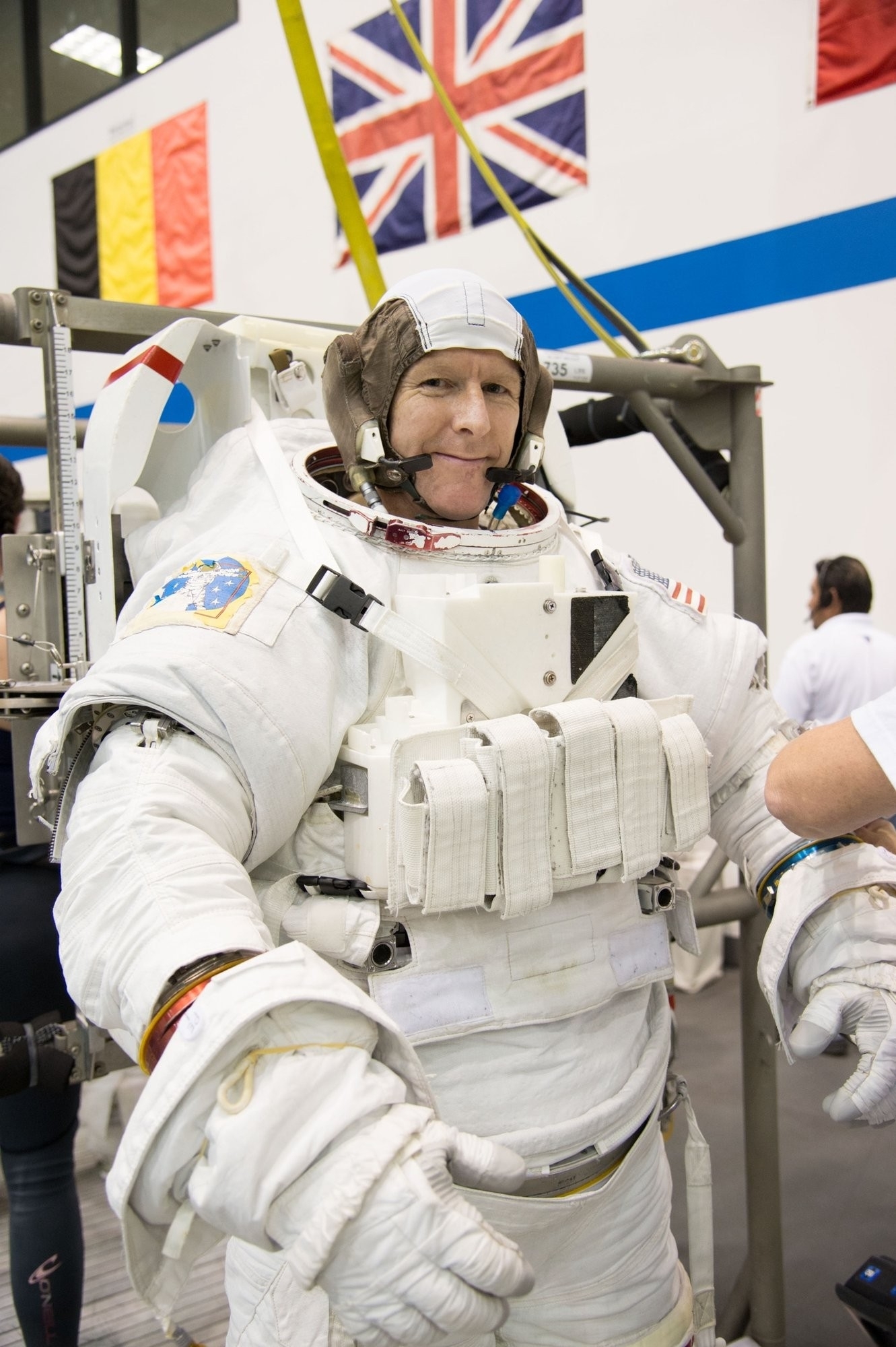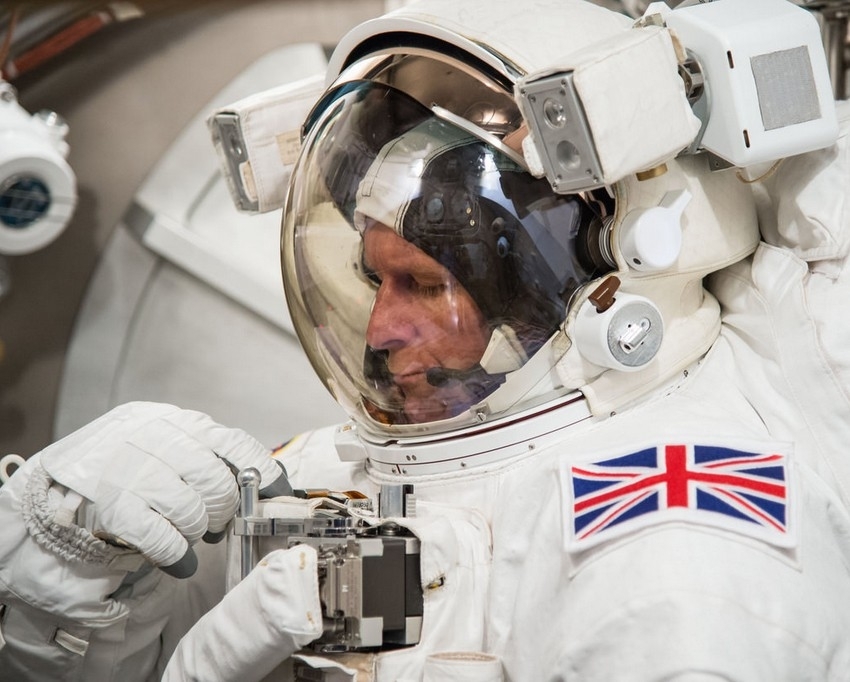Major Tim Peake is to carry out a UK-designed test to check for problems suffered by astronauts caused by increased brain pressure during his mission to the International Space Station (ISS).
The British astronaut, who is due to blast off today from Kazakhstan for his six-month trip to Earth’s orbit, will trial the system created at Southampton General Hospital to test for space-related visual problems and sickness.
Dr Robert Marchbanks has developed the device at the Hampshire hospital known as the cerebral and cochlear fluid pressure (CCFP) analyser.
It can detect life-threatening head injuries and infections without the need for surgery or painful spinal procedures and is currently part of a major study which could see it rolled out across the NHS.
Dr Marchbanks has also been working with Nasa and the UK Space Agency to enable the test to be used on board the ISS.
He said: “Many astronauts suffer from visual disturbances which do not always subside when they return to earth and various tests on these astronauts post-mission have revealed they had raised pressure in their heads.
“Nasa suspect this is due to a redistribution of bodily fluids towards the head and away from the feet in the absence of gravity.
“However, Nasa feel this may only be part of the cause, hence the need for the experiment aboard the ISS.
“They don’t yet know if the time spent in space makes a big difference to this but believe it might, which means long space missions would be most affected and that would threaten the long-term goal of reaching Mars due to the risk of deteriorating eyesight and impaired brain function.”
The CCFP technique, which involves a patient wearing headphones with an ear plug linked to a computer, enables doctors to measure fluid pressure in the skull – known as intracranial pressure (ICP) – via a channel which links the inner ear with the brain.
As fluids in the ear and brain are connected, a change in pressure in the brain is reflected by a corresponding change in the ear – which can signal the need for intervention due to swelling of the brain which prevents blood flow and deprives the organ of the oxygen it needs to function.
Currently, ICP can only be measured by drilling a hole through the skull to implant a pressure probe into the brain in theatre or a lumbar puncture, where a needle in the back under local anaesthetic is used to penetrate to the fluid that surrounds the spinal cord.
Dr Marchbanks said: “Nasa want to measure the pressure inside an astronaut’s head while they are in space, but the normal way to measure this is through a lumbar puncture which cannot be risked in space because there would be no medical back-up if it went wrong.
“As a result, they have searched the globe for effective methods of measuring intracranial pressure safely and have chosen the best of those methods to trial, which includes our CCFP analyser.”
Major Peake, who served as a pilot and flight commander in the British Army and now represents the European Space Agency, will become the first British-funded astronaut to live and work on the ISS.
He is due to launch into space at 11.03am (GMT) from Baikonur Cosmodrome, Kazakhstan, alongside crew members Tim Kopra of Nasa and Yuri Malenchenko of Roscosmos for the six-month mission, which will see them carry out a variety of experiments and tests for researchers.
